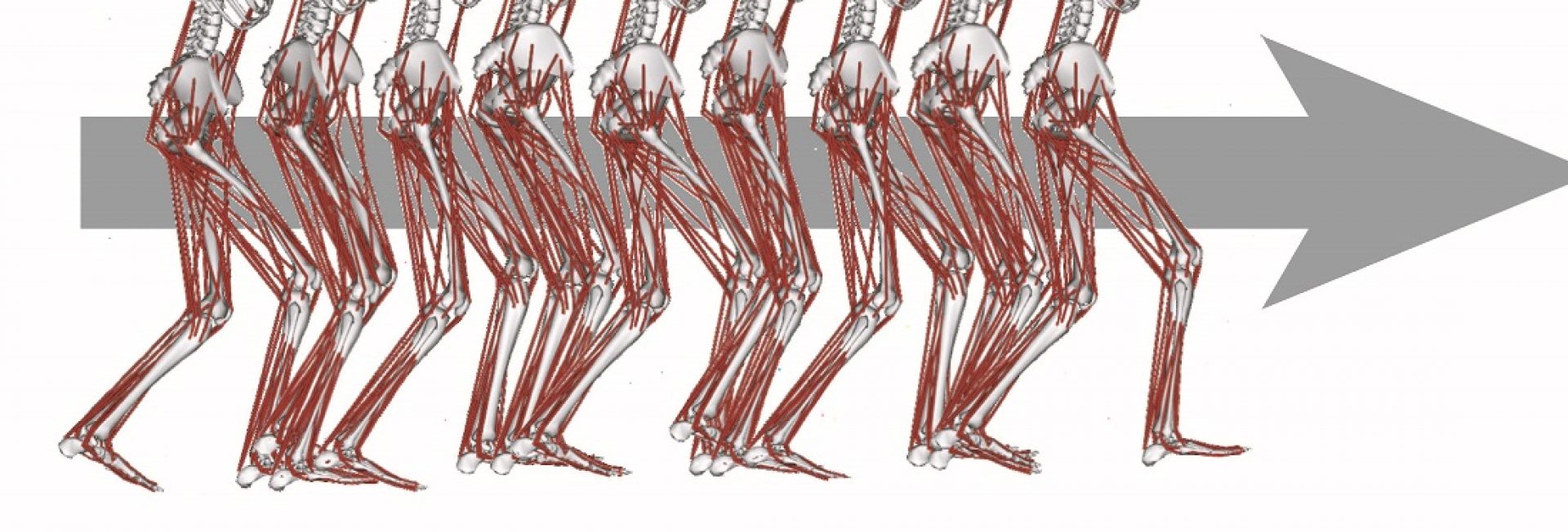When AI Says “Maybe”: The Quest for Meaningful Uncertainty in Machine Learning

Disclaimer: this is an AI-generated article intended to highlight interesting concepts / methods / tools used within the SmartDATA Lab's research. This is for educating lab members as well as general readers interested in the lab. The article may contain errors.
Bridging the Gap Between AI Predictions and Real-World Confidence
In the realm of artificial intelligence (AI), particularly within machine learning (ML), the ability to quantify uncertainty is paramount. As AI systems increasingly influence critical decisions in fields like healthcare, engineering, and finance, understanding the confidence of these systems becomes essential. Yet, translating the abstract probabilities of AI models into actionable insights remains a significant challenge.
The Importance of Uncertainty Quantification
Uncertainty quantification (UQ) is the process of determining the confidence or reliability of a model’s predictions. In traditional engineering disciplines, UQ is well-established, often involving error propagation techniques that provide clear, interpretable metrics. However, in AI, especially deep learning, uncertainty is often expressed in probabilistic terms that may lack direct interpretability.
For instance, in medical diagnostics, a deep learning model might predict a 90% probability of a tumor being malignant. But what does this 90% mean? Is it based on robust data, or is there significant variability due to limited training samples? Without a clear understanding of the underlying uncertainty, such predictions can be misleading.
Challenges in AI Uncertainty Quantification
One of the primary challenges in AI UQ is the lack of standardized methods to express uncertainty in a way that aligns with traditional scientific and engineering practices. While techniques like Bayesian neural networks and Monte Carlo dropout provide probabilistic estimates, these often lack the units or context necessary for practical interpretation.
Moreover, AI models can exhibit both aleatoric uncertainty (inherent randomness in data) and epistemic uncertainty (uncertainty due to limited knowledge). Distinguishing between these types is crucial. For example, in manufacturing, aleatoric uncertainty might relate to inherent material variability, while epistemic uncertainty could stem from insufficient data on a new production process.
A recent survey on machine learning approaches for uncertainty quantification in engineering systems highlights the need for integrating physics-based models with data-driven approaches to better capture and interpret uncertainties .
Bridging the Gap: Towards Meaningful Uncertainty
To make AI uncertainty more actionable, researchers are exploring hybrid models that combine data-driven techniques with domain knowledge. For instance, physics-informed neural networks (PINNs) incorporate physical laws into the learning process, providing constraints that can improve both accuracy and interpretability.
In the medical field, a unified review of uncertainty quantification in deep learning models for medical image analysis emphasizes the importance of aligning AI uncertainty estimates with clinical decision-making processes . By integrating domain-specific knowledge, AI models can provide uncertainty estimates that are more meaningful to practitioners.
Mathematical Foundations: The Role of Linear Algebra
Linear algebra plays a crucial role in understanding and managing uncertainty in AI models. Techniques such as eigenvalue decomposition and singular value decomposition (SVD) help in analyzing the sensitivity of models to input variations. For example, in principal component analysis (PCA), SVD is used to identify the directions (principal components) that capture the most variance in the data, which can be critical in understanding the sources of uncertainty.
Furthermore, covariance matrices, fundamental in statistics and linear algebra, are used to represent the uncertainty and variability in multivariate data. In AI models, estimating and interpreting these matrices can provide insights into the confidence of predictions across different dimensions.
The Path Forward
As AI systems become more integrated into critical decision-making processes, the need for meaningful and interpretable uncertainty quantification becomes increasingly urgent. Bridging the gap between AI predictions and actionable insights requires a multidisciplinary approach, combining advances in machine learning with domain expertise and robust mathematical frameworks.
By focusing on developing methods that provide uncertainty estimates in familiar units and contexts, we can enhance the trustworthiness and applicability of AI models across various industries.
Key References on Uncertainty Quantification in AI
- Trustworthy Clinical AI Solutions: A Unified Review of Uncertainty Quantification in Deep Learning Models for Medical Image Analysis
Lambert, B., Forbes, F., Tucholka, A., Doyle, S., Dehaene, H., & Dojat, M. (2022).
This review discusses methods to quantify uncertainty in deep learning predictions, focusing on medical image analysis and the challenges in clinical applications.
Link to paper - A Survey on Machine Learning Approaches for Uncertainty Quantification of Engineering Systems
Shi, Y., Wei, P., Feng, K., Feng, D.-C., & Beer, M. (2025).
This survey provides a comprehensive overview of machine learning techniques for uncertainty quantification in engineering systems, emphasizing the integration of physics-based and data-driven models.
Link to paper - Machine Learning with Data Assimilation and Uncertainty Quantification for Dynamical Systems: A Review
Cheng, S., Quilodran-Casas, C., Ouala, S., et al. (2023).
This paper reviews the integration of machine learning with data assimilation and uncertainty quantification techniques for analyzing dynamical systems.
Link to paper - Navigating Uncertainties in Machine Learning for Structural Dynamics: A Comprehensive Review of Probabilistic and Non-Probabilistic Approaches in Forward and Inverse Problems
Yan, W.-J., Mei, L.-F., Mo, J., et al. (2024).
This review explores various approaches to handle uncertainties in machine learning applications within structural dynamics, covering both forward and inverse problems.
Link to paper
By advancing our methods for uncertainty quantification in AI, we move closer to models that not only predict outcomes but also provide the confidence levels necessary for informed decision-making in critical applications.
Medicine Nondestructive Testing Physical Mismatch Trustworthiness Uncertainty

